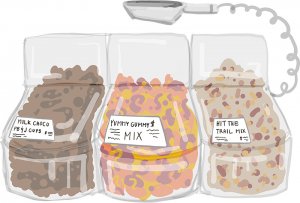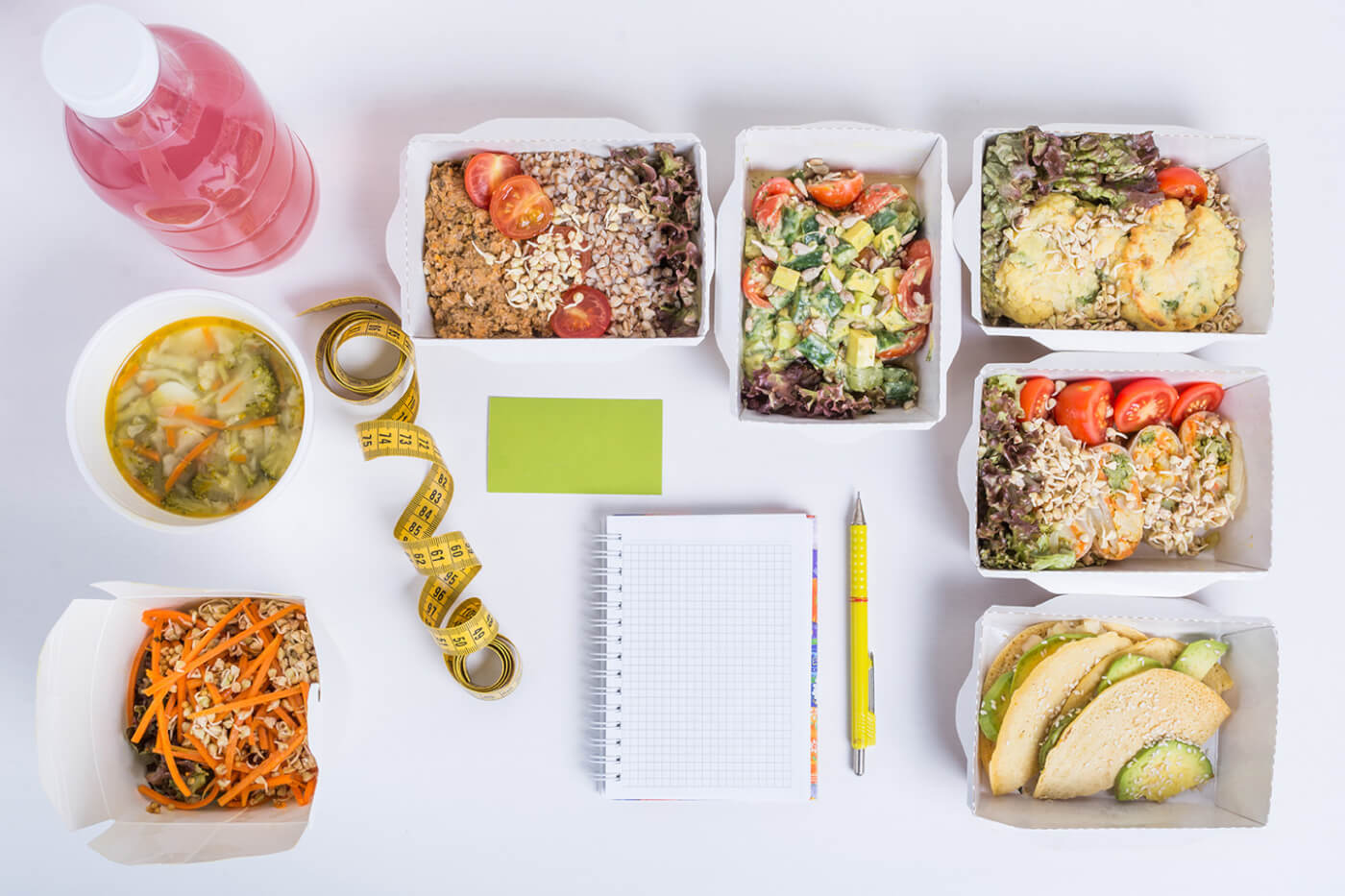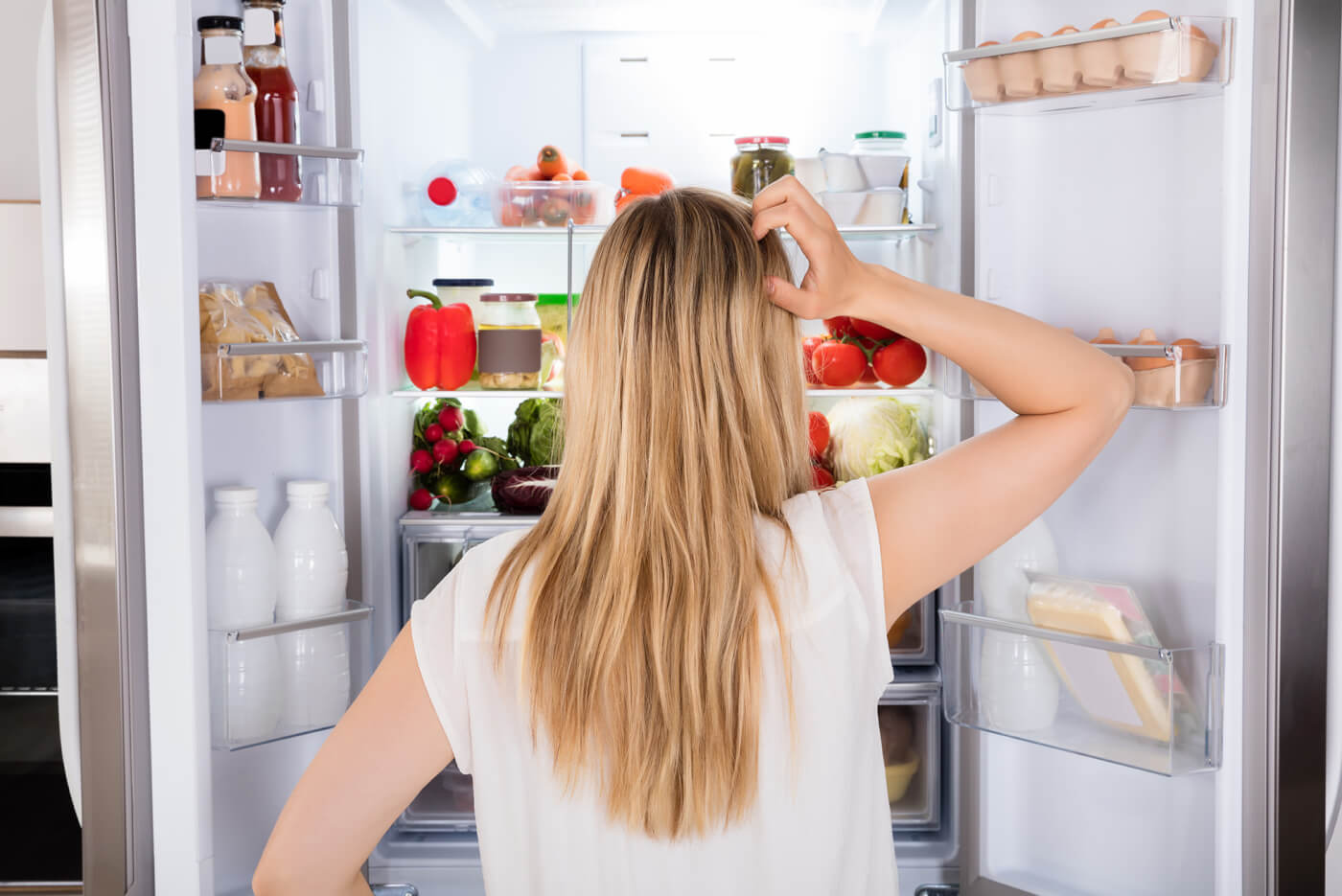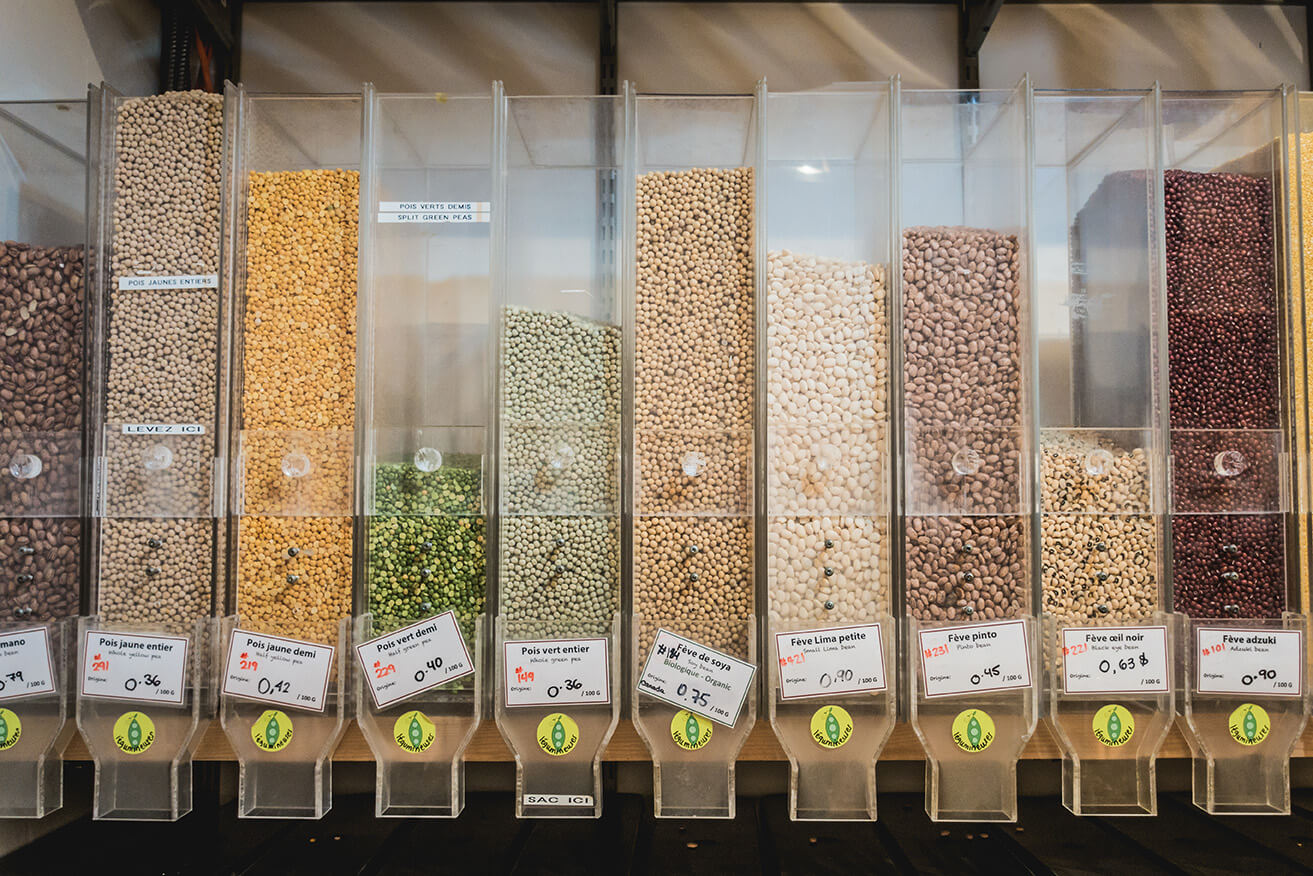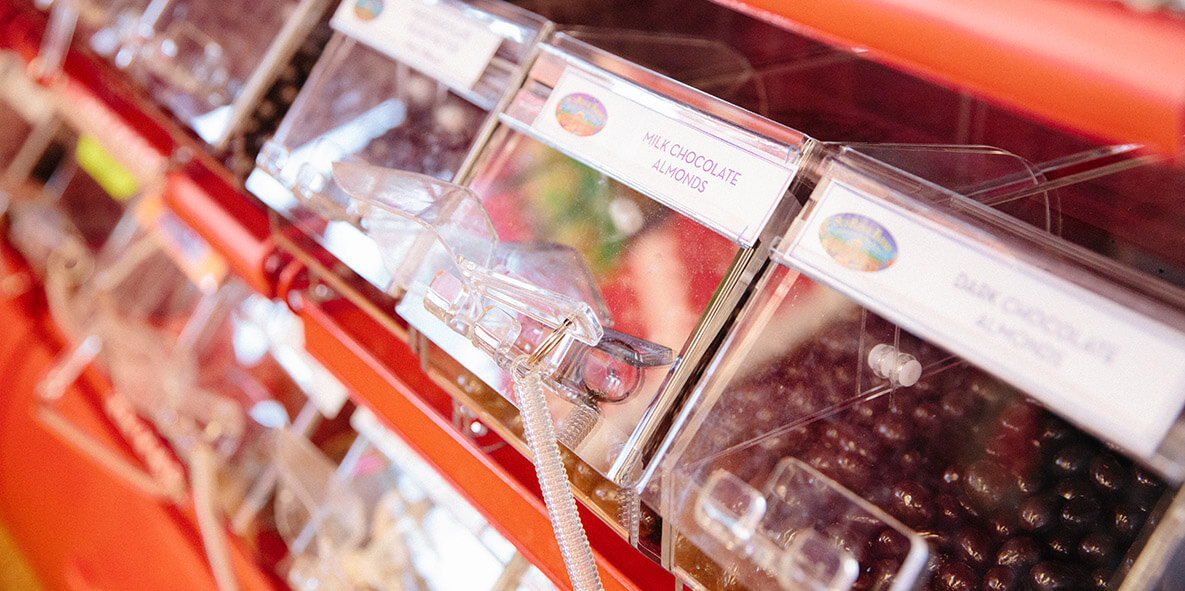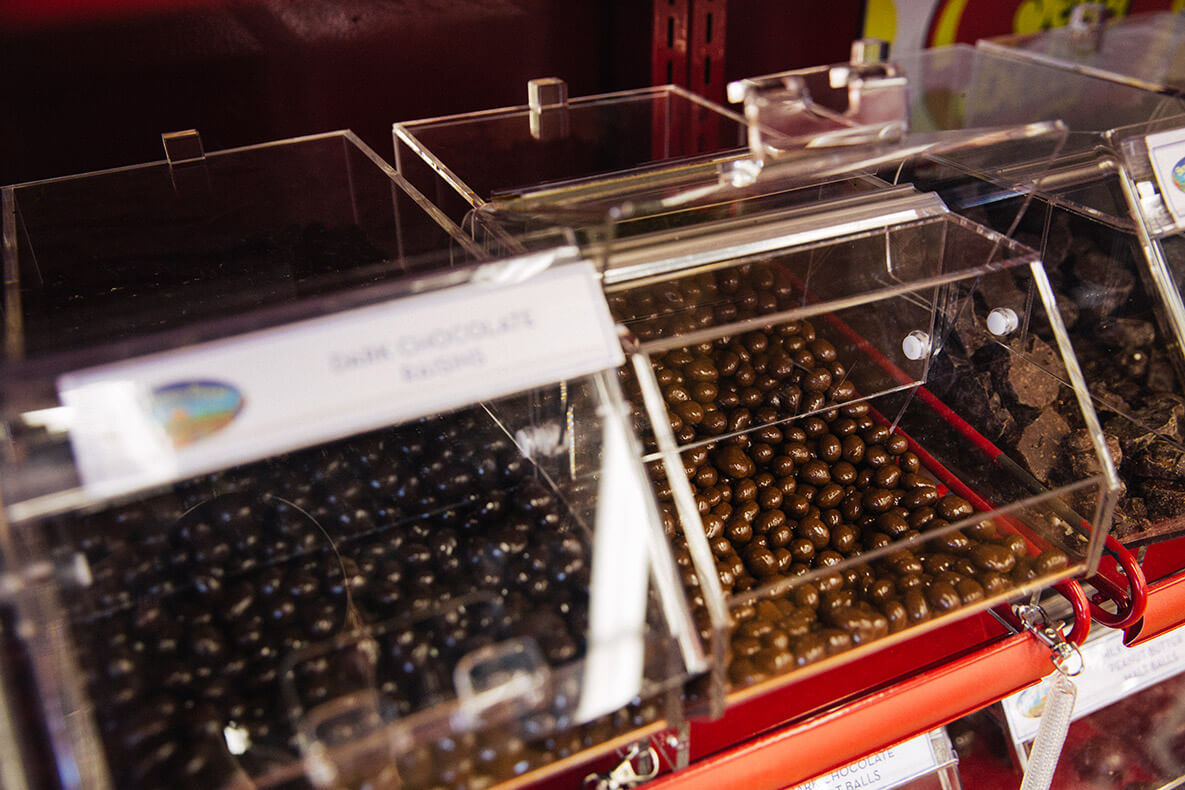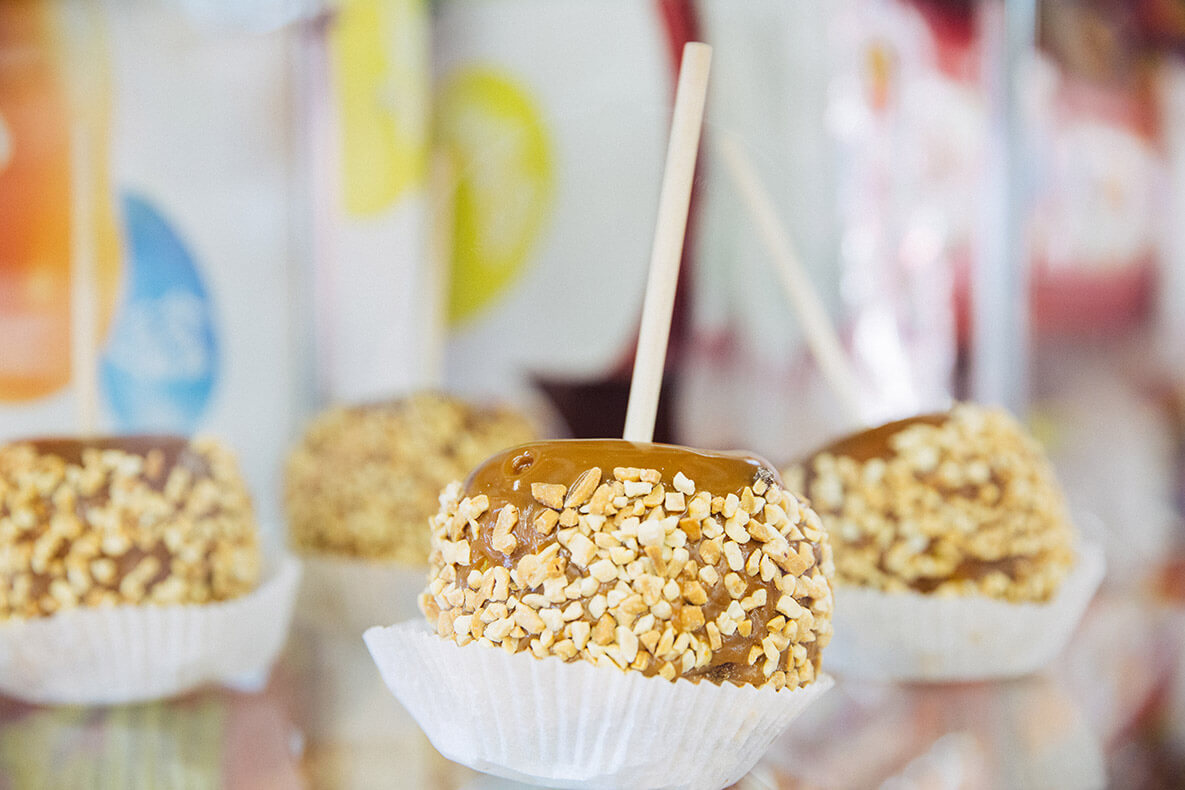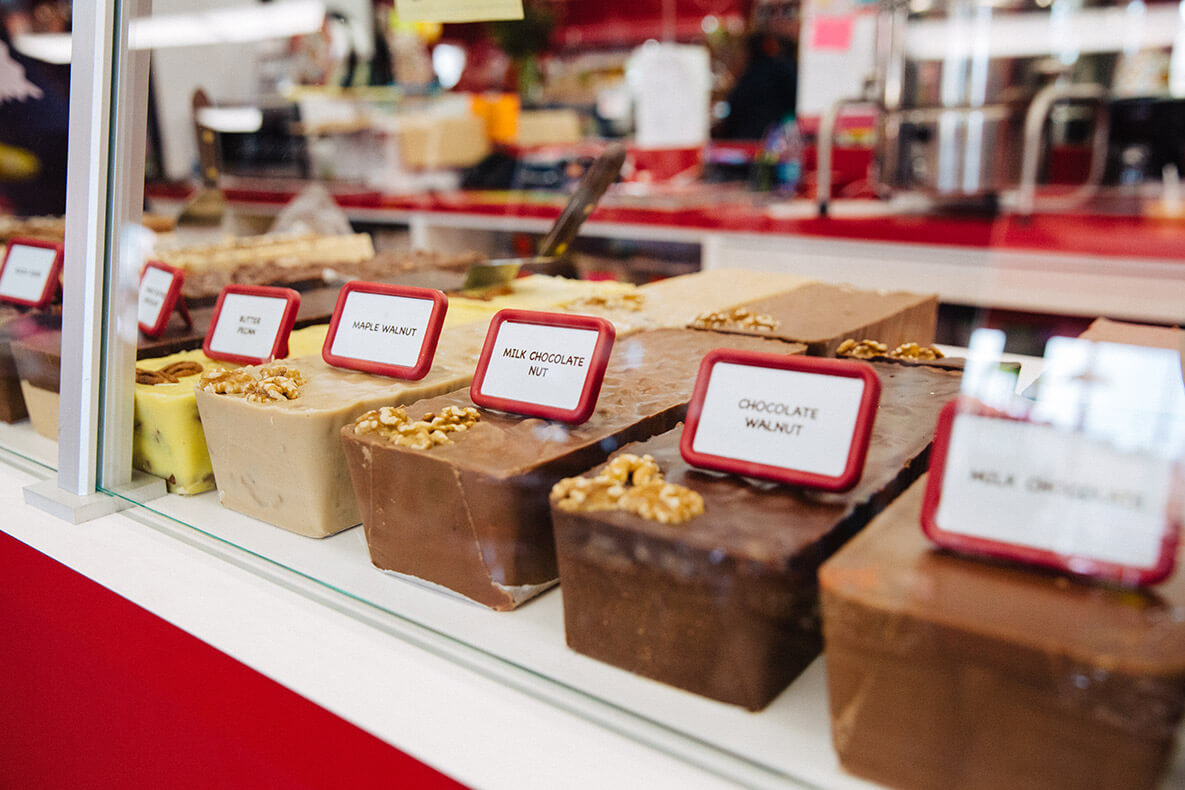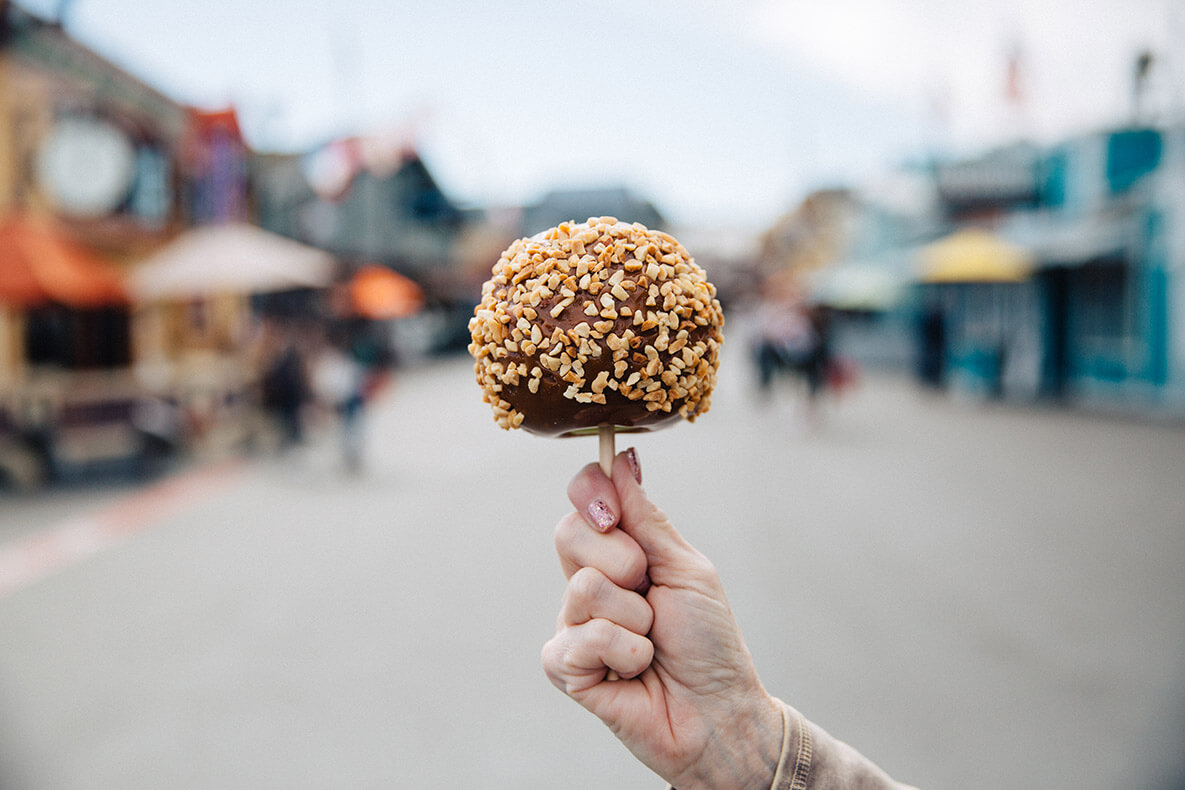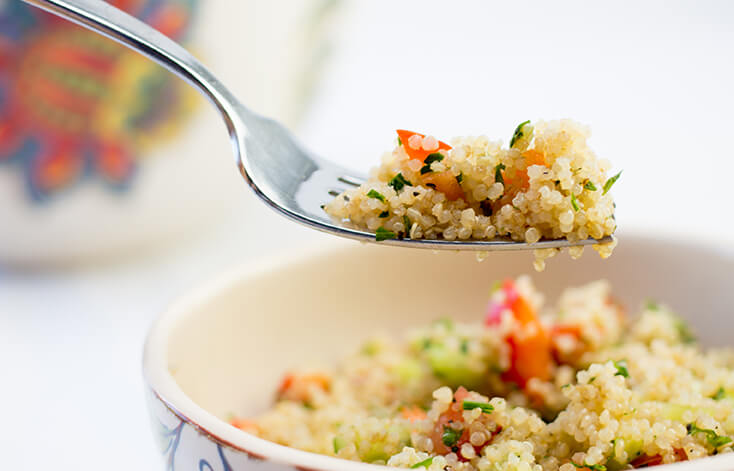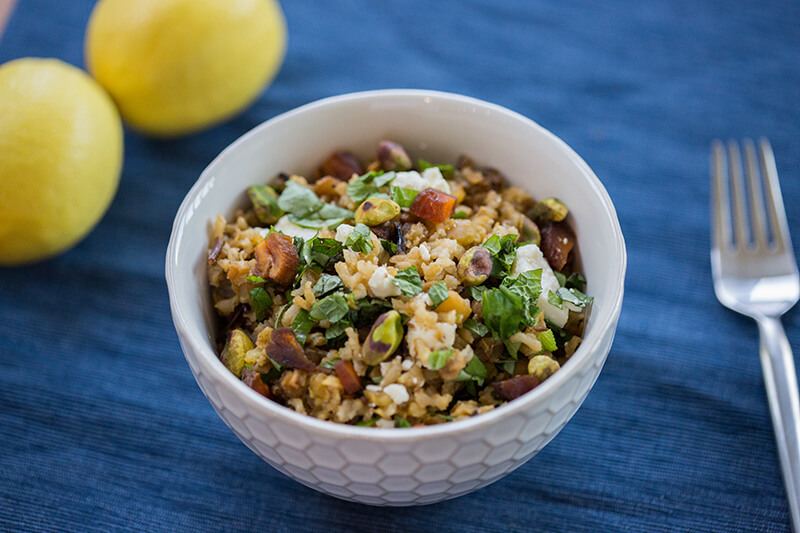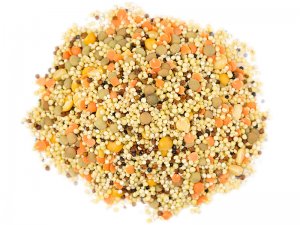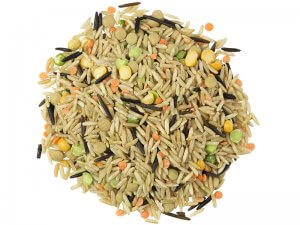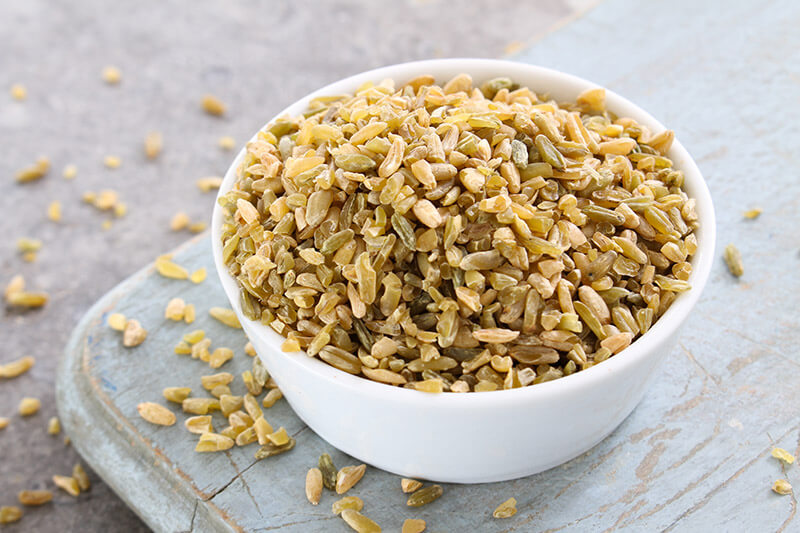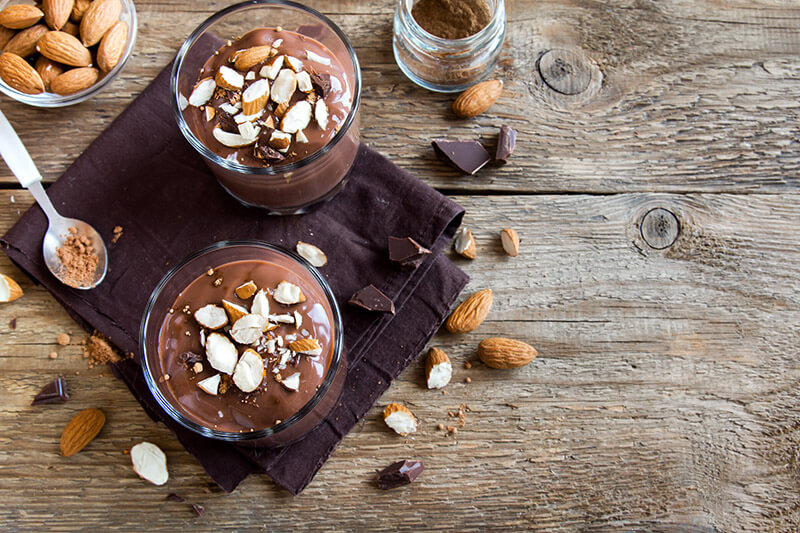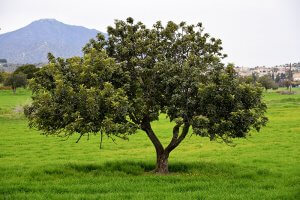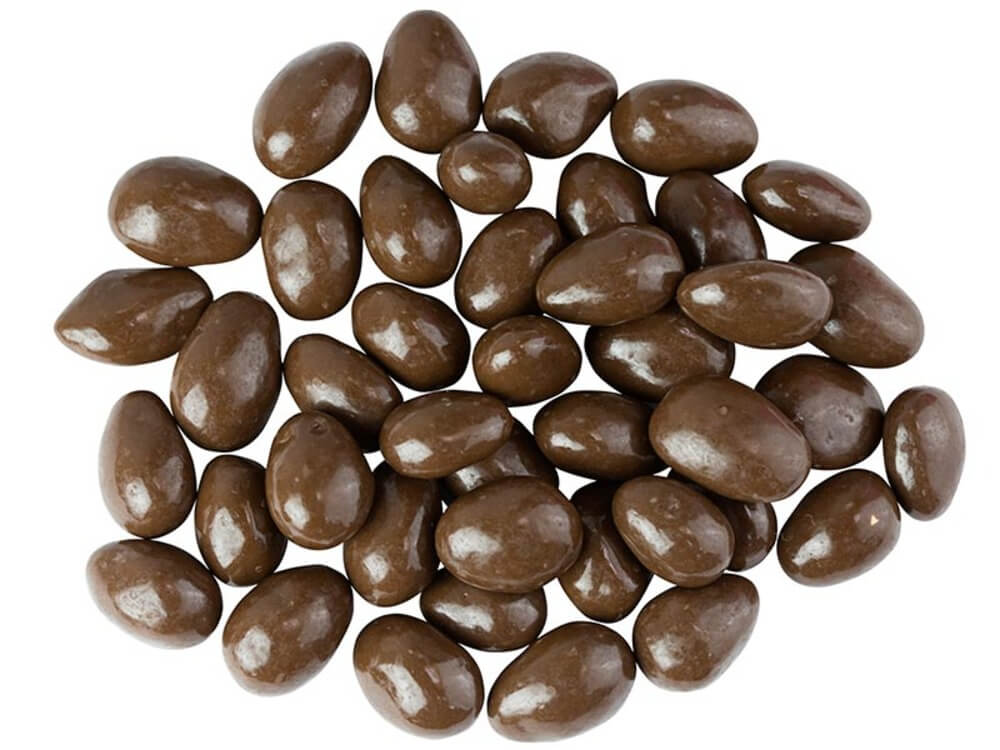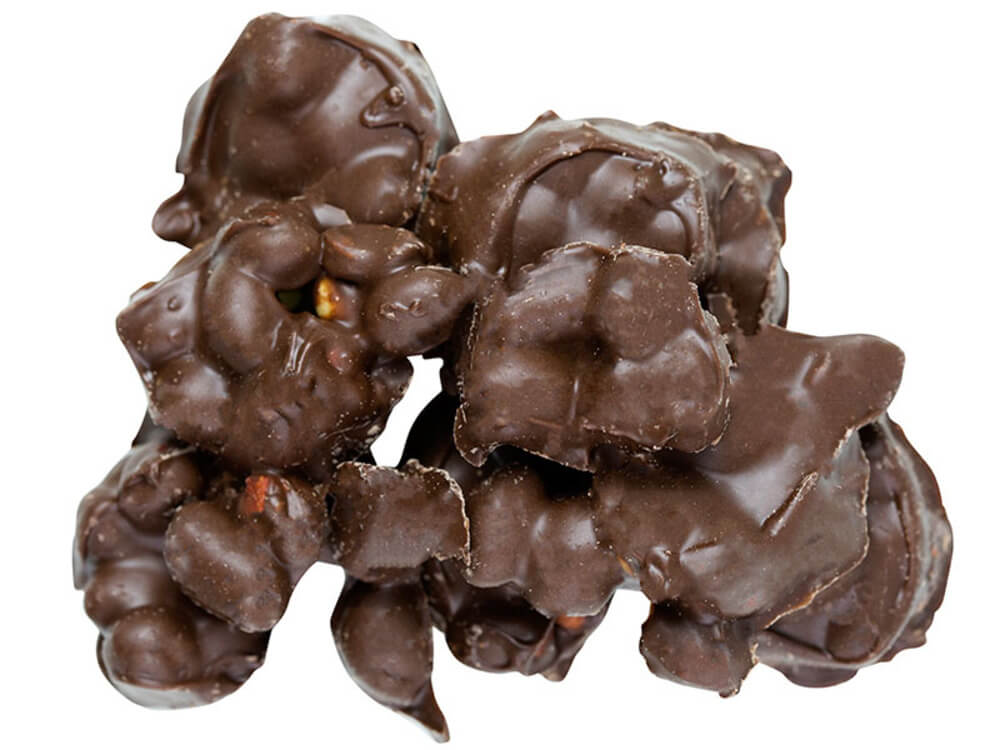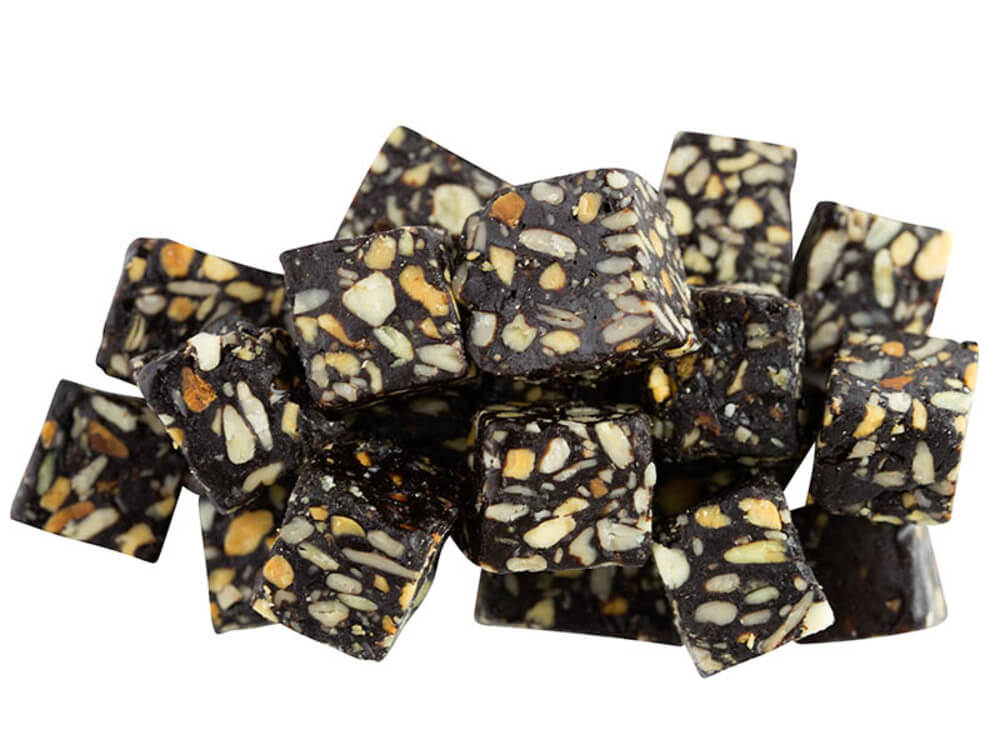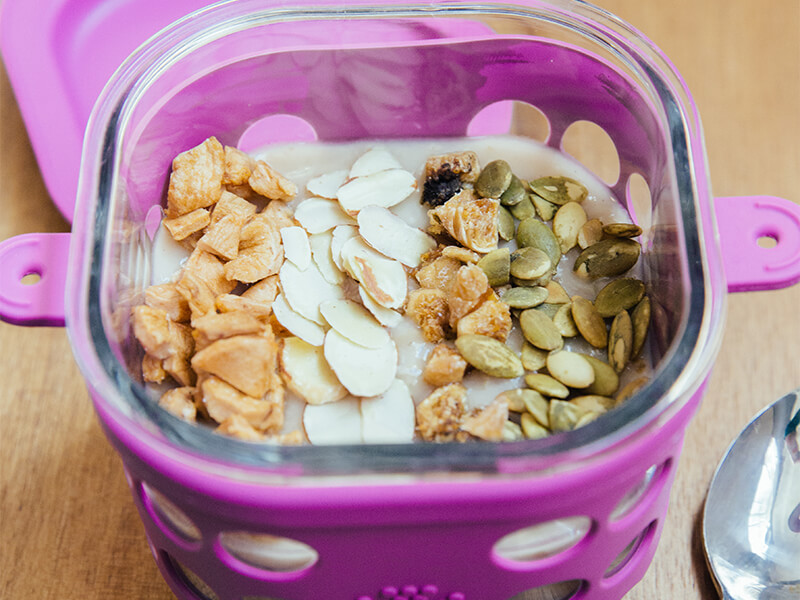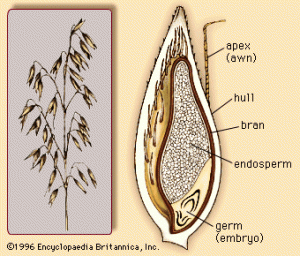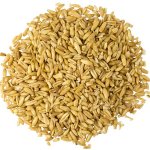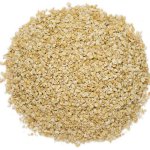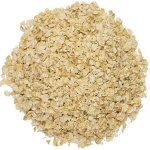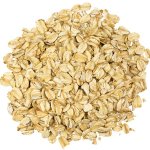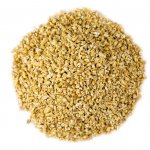Guess what? September is National Organic Harvest Month!
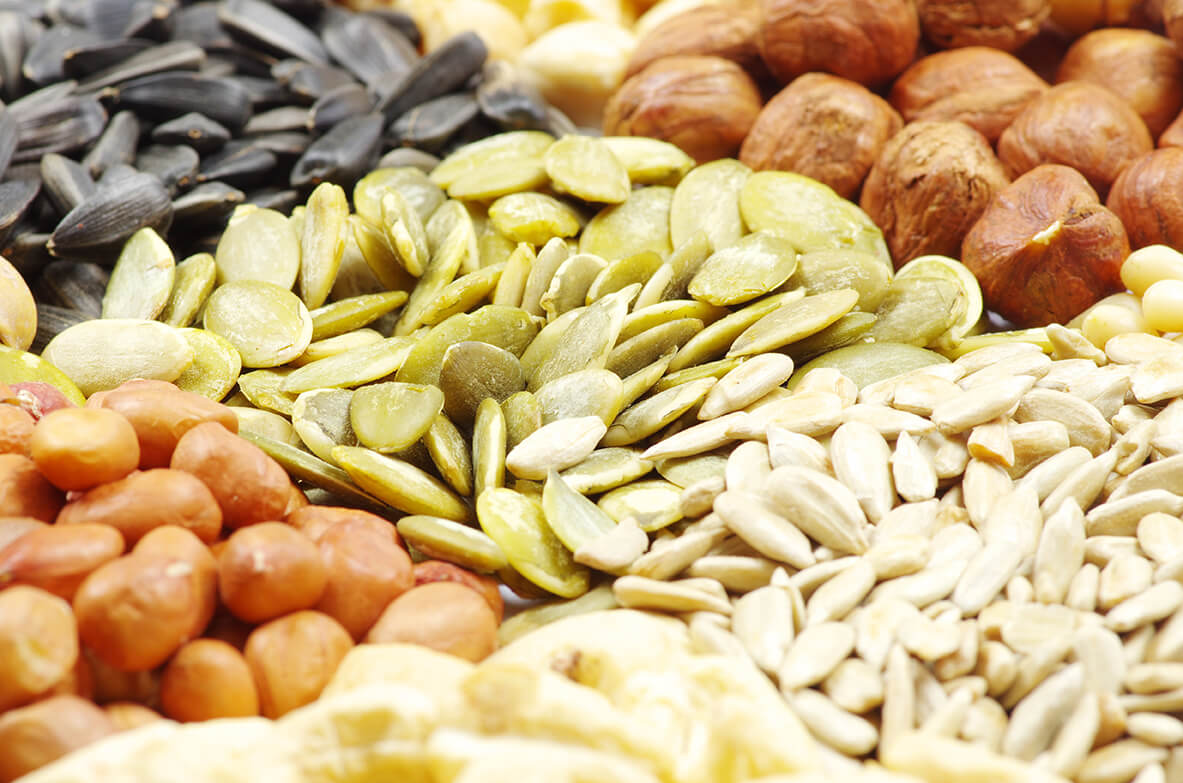
What does it mean?
I know what you’re thinking, National Organic Month is nowhere to be found on my calendar so what in the world is it? Well, it originated from organic farmers and natural foods communities to help educate the public about organic farming and foods. It is a month-long campaign to raise awareness of organic farming and production. In addition to promoting organic foods, it brings attention to how organic farming benefits the earth and makes sure the foods we put into our body are the healthiest and purest they can be. The definition of organic is food produced without the employment of chemically formulated fertilizers, growth stimulants, antibiotics, or pesticides.
Why is this important?
To start, when you choose organic, you know what you’re putting into your body is free of chemicals and pesticides. Organic foods are clean for your health and the environment. Whatever is used to help grow plants, will likely remain in some quantity, when that plant is ready for consumption. Do you want chemicals, antibiotics, and growth stimulants in your system? I don’t think so. Second, when the food is sprayed with these chemicals, a portion of it goes into the environment, affecting not only the workers who harvest the food but also the air quality, water quality, and wildlife in the area. Eventually, this leads to problems within the animal and flora ecosystem. The increase of organic shopping will help support Organic farms, and lead to more clean and natural farming in the future. More Organic farming in turn, leads to a better environment: a cleaner earth, happier wildlife, and less greenhouse gasses. Organic farming is safer for farmers and harvesters and will result in fewer chemicals in our bodies and in the air. It’s simply better for our health and our home.
What can you do?
Although we can’t immediately make the world all organic, we can do our part every day to help out. There’s plenty of ways you can join in! One way is simply by educating yourself about the Organic growing process, and what it actually means and where your food comes from. You can attend organic farming seminars or classes or even spend some time on the ‘good old-fashioned internet’. When you visit the grocery market try to purchase your produce from the organic section. You can also support your local organic farmers market if you have one; these markets really help increase awareness and lead us to the future, plus you’ll discover amazing things that you can’t find in stores! Let’s come full circle and make organic farming the only way to grow.
Have fun!
SunRidge Farms




